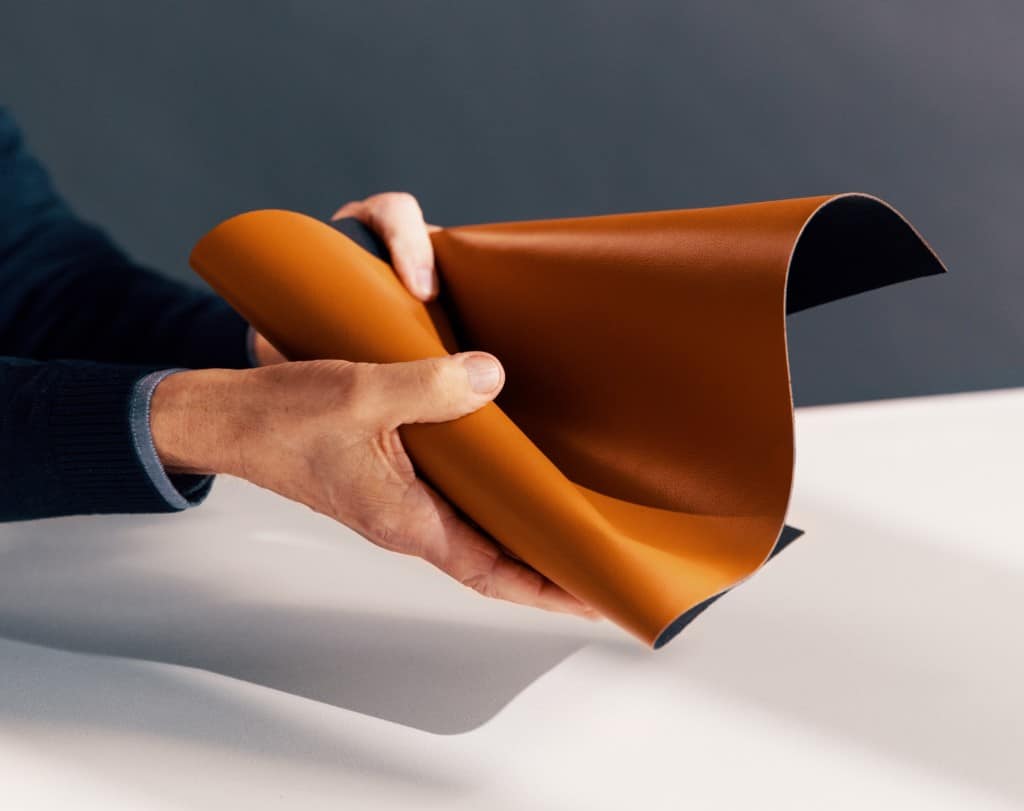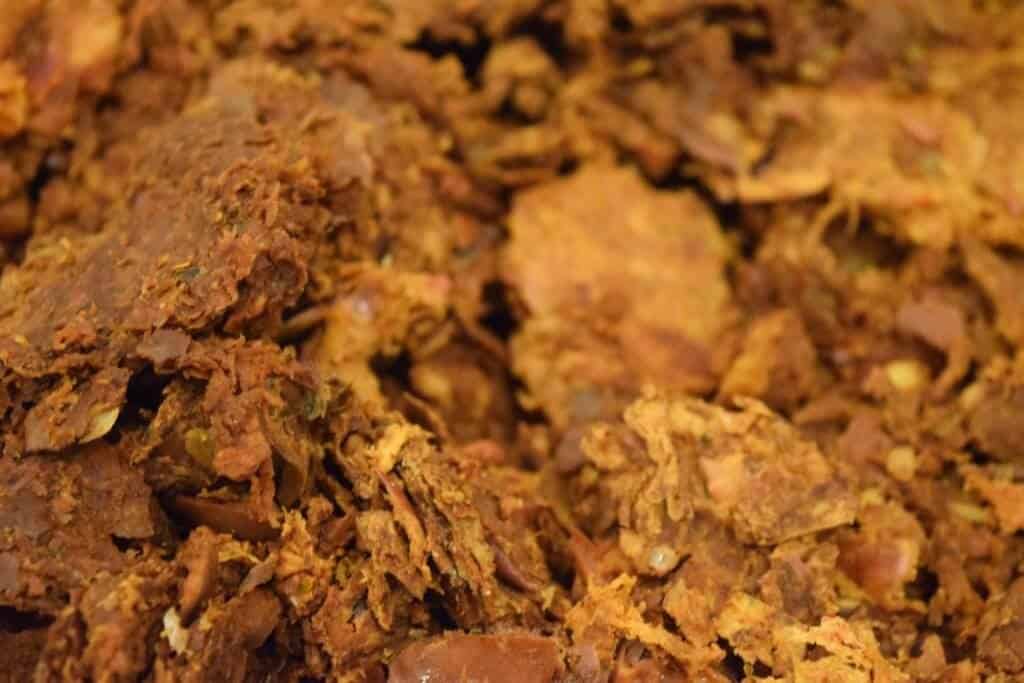With animal-based materials finally falling out of favour in the fashion world, Beyond Leather has positioned itself as a leader in the rapidly growing plant-based leather sector, creating innovative products using waste materials with a focus on apple waste upcycled from the juice and cider industries.
“I hope that we can lead the industry into a transparent system that makes it easy for people to buy eco-friendly products and navigate away from false promises”
Established in 2017, the Danish startup announced a €1.1 million seed funding round last year and was also the winner of the Clim@ 2020 competition, an event that rewards startups demonstrating climate impact.

In this well overdue Q&A, we caught up with Beyond Leather CEO and Co-Founder Mikael Eydt to discuss the latest next-gen material launch Leap, as well as technology and the future of the fashion industry.
What is Beyond Leather’s elevator pitch?
We are developing and supplying a sustainable leather alternative that is animal-free and based on leftover apple waste from the juice and cider industry. We started to turn waste into something highly valuable in 2017 and are based in Copenhagen, Denmark.
“We will not hold anything back and not only say what we do not use, but instead publish the ingredients we do use, what the origin of those ingredients is, where we produce”
You recently introduced Leap, what does the name mean?
Leap has several meanings for us, firstly, it is the combination of leftover apples, the main ingredient of our composition, second We strongly believe in always moving forward and taking risks, in a way we jump into the unknown every day, so we really believe in taking a leap.
Funny story: It was a very long process to find a name for our first product and we tried different approaches to find a name we would identify with. During one of our brainstorming sessions Jens, our production lead, who joined just a few weeks before the session, came up with the name Leap and it totally made sense for us. So it is very important to get new and different perspectives as often as possible.

Can you explain more about the technology, the material, and its unique aspects?
What makes Leap unique is a result of our development approach. We always believed in developing a product that really solves the pain points of our customers (in our case every industry working with leather products). So, we visited many different fashion companies, individual designers, leather makers, automotive companies…the list goes on, to identify their needs.
The result is Leap. A material that is 100% animal-free, has a very high amount of not only bio-based contents but also mainly comes from waste streams. Using as little fossil fuel-derived ingredients as possible is important to us. This is why they can only be found in our coating and we are planning to remove them completely in the next few years.

Furthermore, the material is sustainable by design, which means that Leap is a composite which consists of three layers that can be separated at the end of life and then be reused or partly biodegrade. Last but not least Leap looks and feels very similar to leather.
Is Leap available today? If not, when will it be on the market?
We will start to produce Leap on an industrial scale early next year, so you should be able to buy products made with Leap in 2022. Today it is possible to order samples and prototyping sheets which represent the current development stage, this means that Leap will be even better in 2022.
What impact do you see Leap making on the fashion industry?
We want to develop and produce Leap as transparently as we can. That means we will not hold anything back and not only say what we do not use, but instead publish the ingredients we do use, what the origin of those ingredients is, where we produce etc. We will do an LCA that of course will be published. We will publish what we do well, but also be open about what we need to improve and how we want to overcome those challenges. I hope that we can lead the industry into a transparent system that makes it easy for people to buy eco-friendly products and navigate away from false promises.

What are the biggest barriers to entry that alternative (bio-based) material producers face?
Time! The average time it takes to develop a new material is 4-5 years! And then you have to figure out how to produce it on an industrial scale, so you can make it available for as many people as possible and for that you need a lot of capital. It is just not comparable to a SaaS product. So, I am happy that we had the scale up in our heads right from the start. (Then you need to find companies who are patient and have a mid and long-term strategy, which means they understand that the development of new materials just takes time.)
In your opinion, how much is the global fashion industry changing in terms of sustainability and cruelty-free practices? What do you see for the future?
I think the fashion industry is moving in the right direction but still has a lot of ground to cover. There are many companies who still do not understand that the consumer is demanding transparency and that greenwashing can ruin your business. As greenwashing doesn´t mean anything else than saying that you believe your customer is stupid. I think the biggest change not only in fashion but in several industries will be that people will get more educated about the products they buy, and the raw materials used in those products and will push for a change.
That’s what I see for the future and I hope I am right.
Long story short: Companies who do not understand sustainability and transparency will be left behind and the ones who do, will take over.





